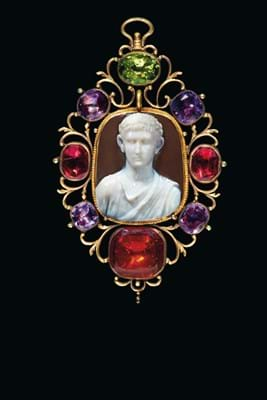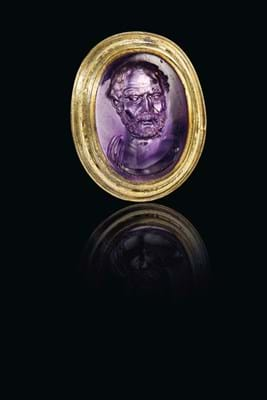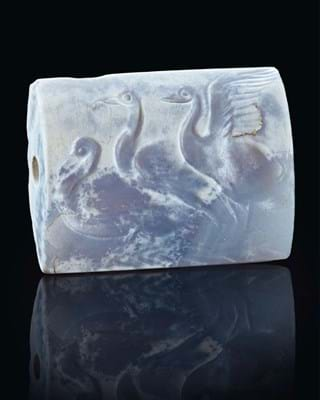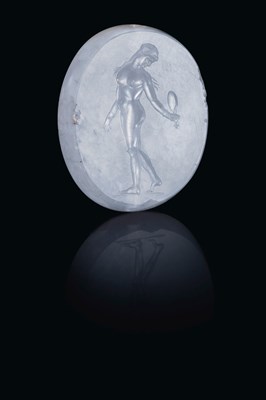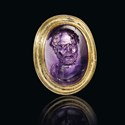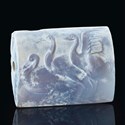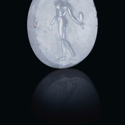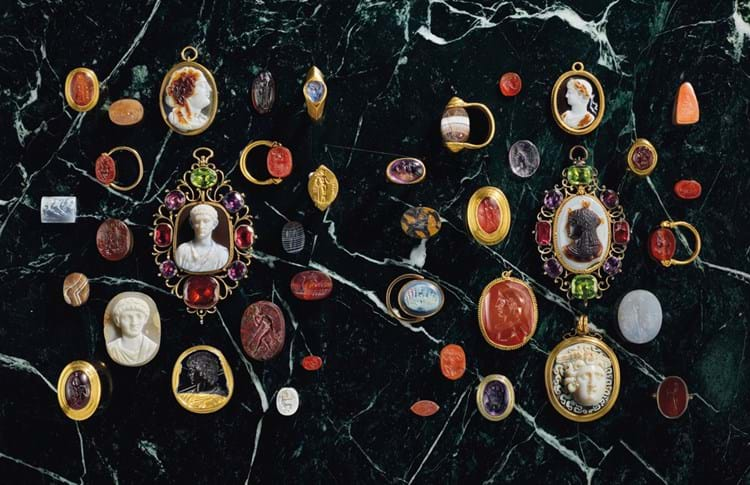
The 40-lot sale on April 29 titled Masterpieces in Miniature forms part of the Classic Week of sales. Max Bernheimer, international head of antiquities said it was “assuredly the most important group to appear at auction in over a generation”.
Spanning the Classical world from the 16th century BC to the 4th century AD, the sale comprises 40 lots previously owned by Giorgio Sangiorgi (1887-1965) was a renowned collector, dealer, and scholar in ancient, medieval, and Renaissance art. He amassed most of his collection - recently published by the renowned gem scholar Sir John Boardman and Claudia Wagner - in early to middle years of the 20th century.
Many were formerly in the collection of the 780 gems amassed in the 18th century by nobleman and politician, George Spencer, the 4th Duke of Marlborough whose collection was sold by Christie’s in 1899.

A Roman black chalcedony intaglio portrait of Antinous c.130-138AD. Estimate $300,000-500,000 as part of Masterpieces in Miniature: Ancient Engraved Gems Formerly in the G. Sangiorgi Collection on April 29 at Christie’s New York.
The sale features arguably the 40 best gems from the collection including a Roman black chalcedony intaglio portrait of Antinous c.130-138AD, the young favourite of Emperor Hadrian (estimate $300,000-500,000). The 4th Duke of Marlborough considered it the highpoint of his collection and wrote that it was “of incredible beauty,”
A Roman amethyst intaglio with a portrait of Demosthenes includes the signature ‘of Dioskourides’ for the chief gem engraver to Augustus (63BC-14AD). This gem was seemingly the one Flemish artist Peter Paul Rubens saw while visiting Rome, recording the inscription in his diary. Estimate $200,000-300,000.


